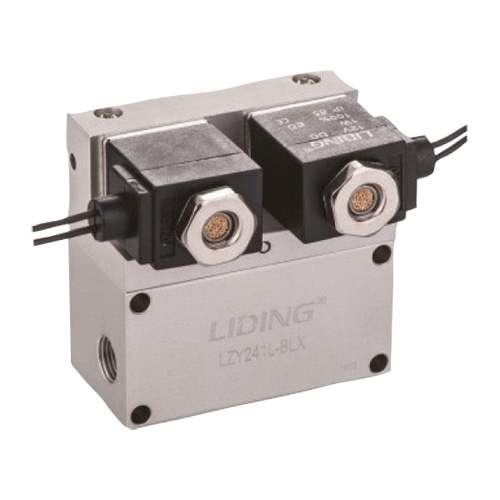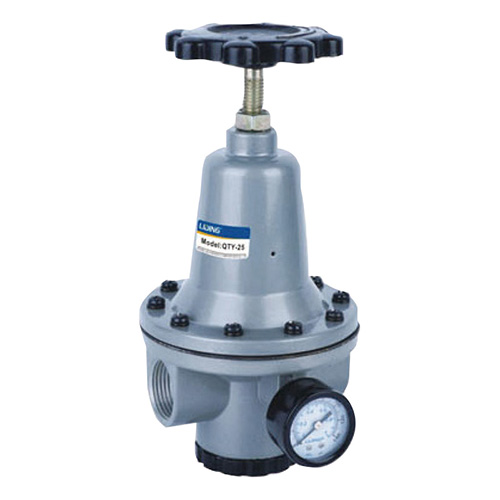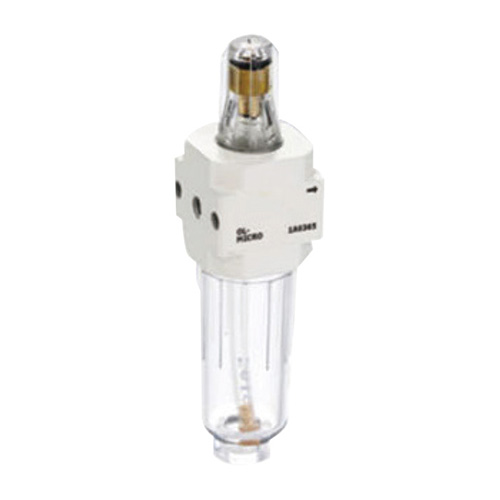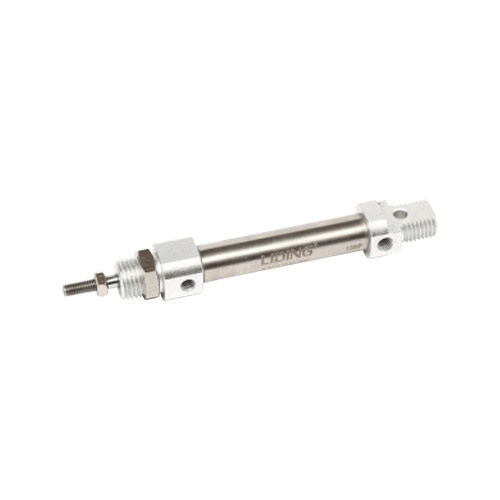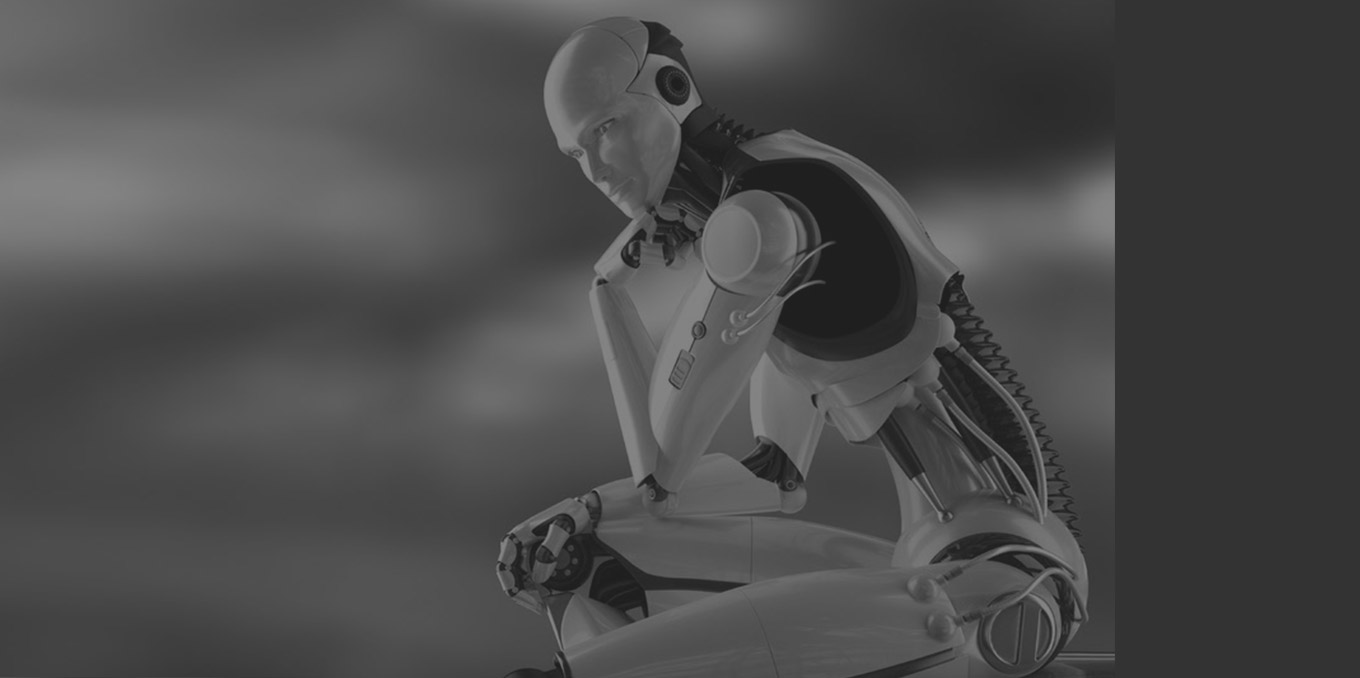How to Choose a Pneumatic Cylinder
Pneumatic cylinders use the power of compressed gas to […]
Pneumatic cylinders use the power of compressed gas to produce force in reciprocating linear motion. They are very useful tools for industrial applications. These mechanical devices can be used to lift heavy objects, push objects around, and more. There are several different types of pneumatic cylinders, including hydraulic and pneumatic.
The right cylinder for the application is important for ensuring the cylinder's longevity and quality. It is also important to avoid choosing a cylinder that is too large or too small. The wrong size can waste air and may not meet the requirements of a particular application. Consider the type of motion, pressure/load requirements, and the environment before selecting a cylinder.
Another important feature to consider is the safety of the pneumatic cylinder. It must be designed to protect people and operations from foreseeable harm. If a cylinder is faulty, the risk of injury or accident increases. Therefore, it is essential that the cylinder is inspected before use. A faulty cylinder could lead to dangerous conditions for workers and the environment.
Among all the types of pneumatic cylinders, single-acting cylinders have a single chamber filled with compressed air. The pressure of the compressed air performs the work of the piston in one direction while the spring provides energy to move into the opposite direction. Single-acting cylinders have a limited stroke length because the springs that are used to operate the piston are limited. Double-acting cylinders are designed to use compressed air in both directions.
Pneumatic cylinders are used in many different industrial applications. Their most common use is in factory automation systems. They help move and position packages, including heavy materials. They are also used in agricultural industries, amusement parks, and food packaging. These cylinders can be used in many different ways, including ejecting, clamping, and even stopping.
Pneumatic cylinders can be made of many different materials. The choice depends on the operating environment, but the most common materials are steel, aluminum, brass, and stainless steel. Some manufacturers also offer models with plastic components. It is recommended to talk to a specialist about the material that works best for your application before purchasing.
Pneumatic cylinders are inexpensive and can achieve rotary and linear motion. They are also suitable for use in harsh environments and require very little maintenance. When properly spec'd, pneumatic cylinders can last for many years. They are also much cheaper than electrical and hydraulic systems.


